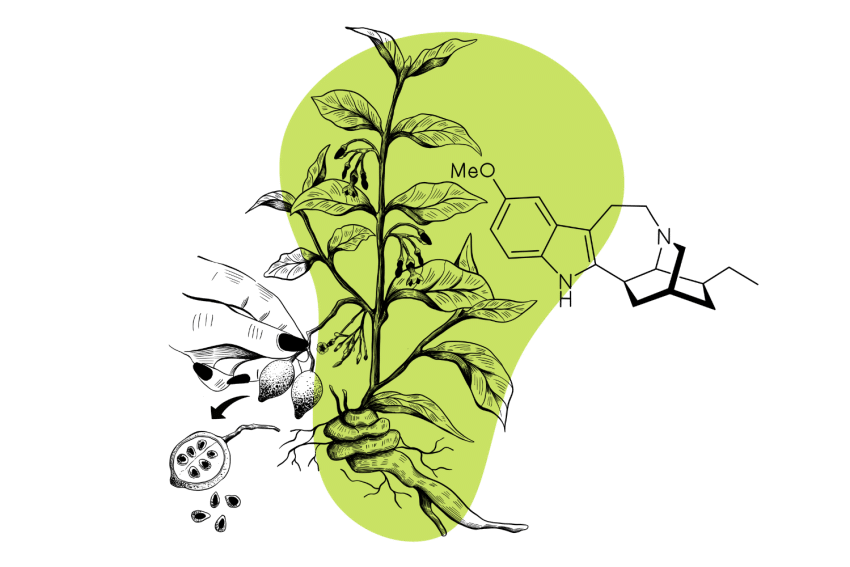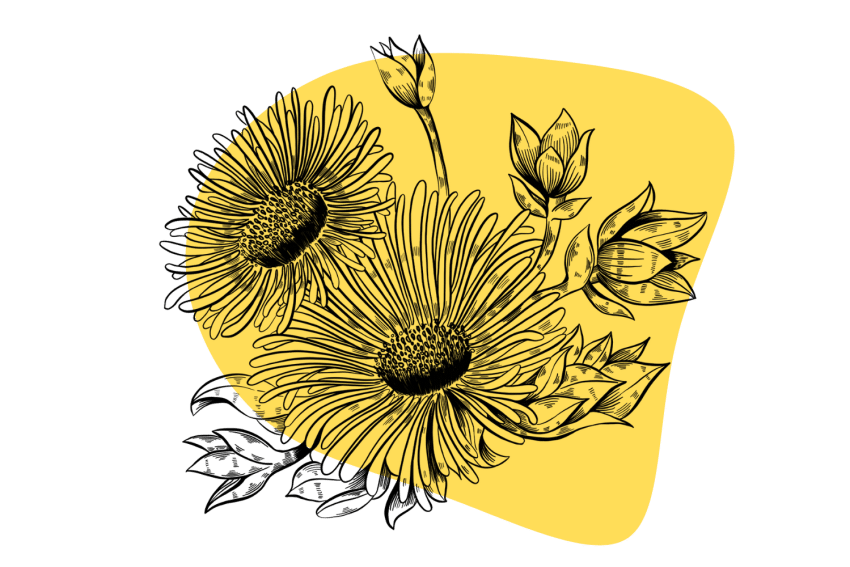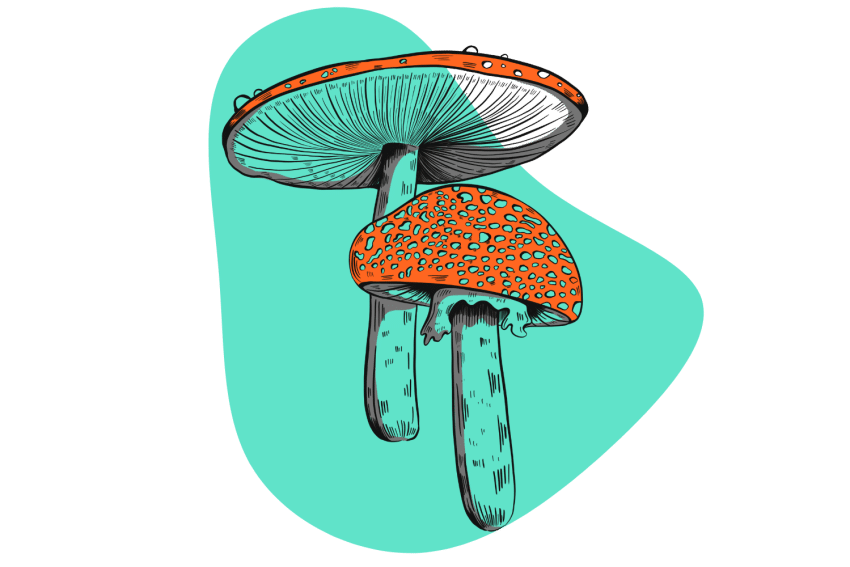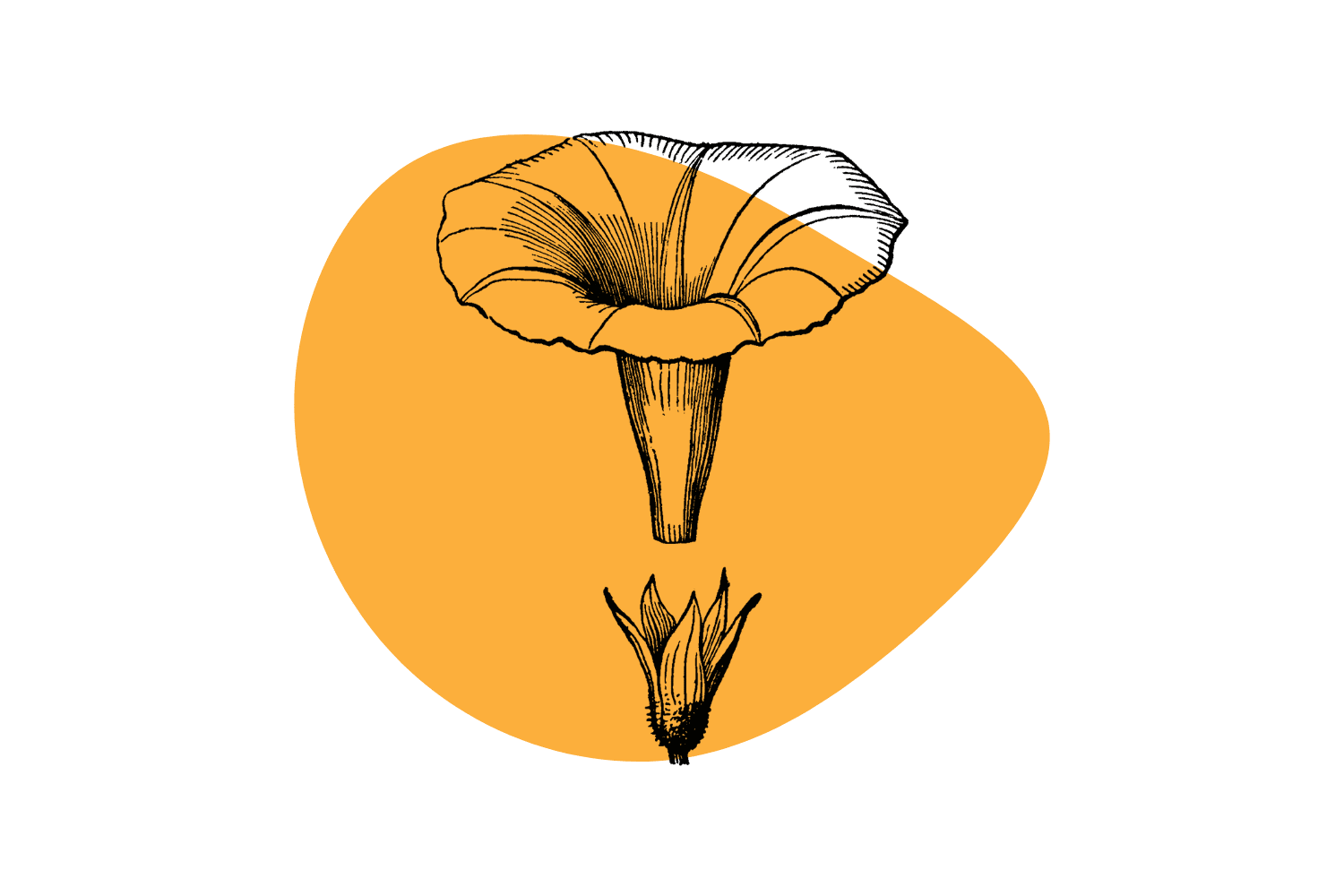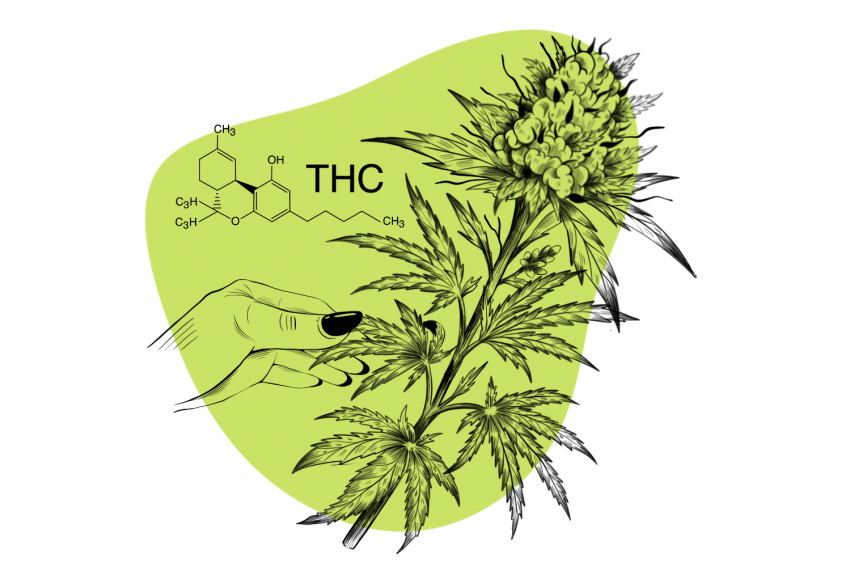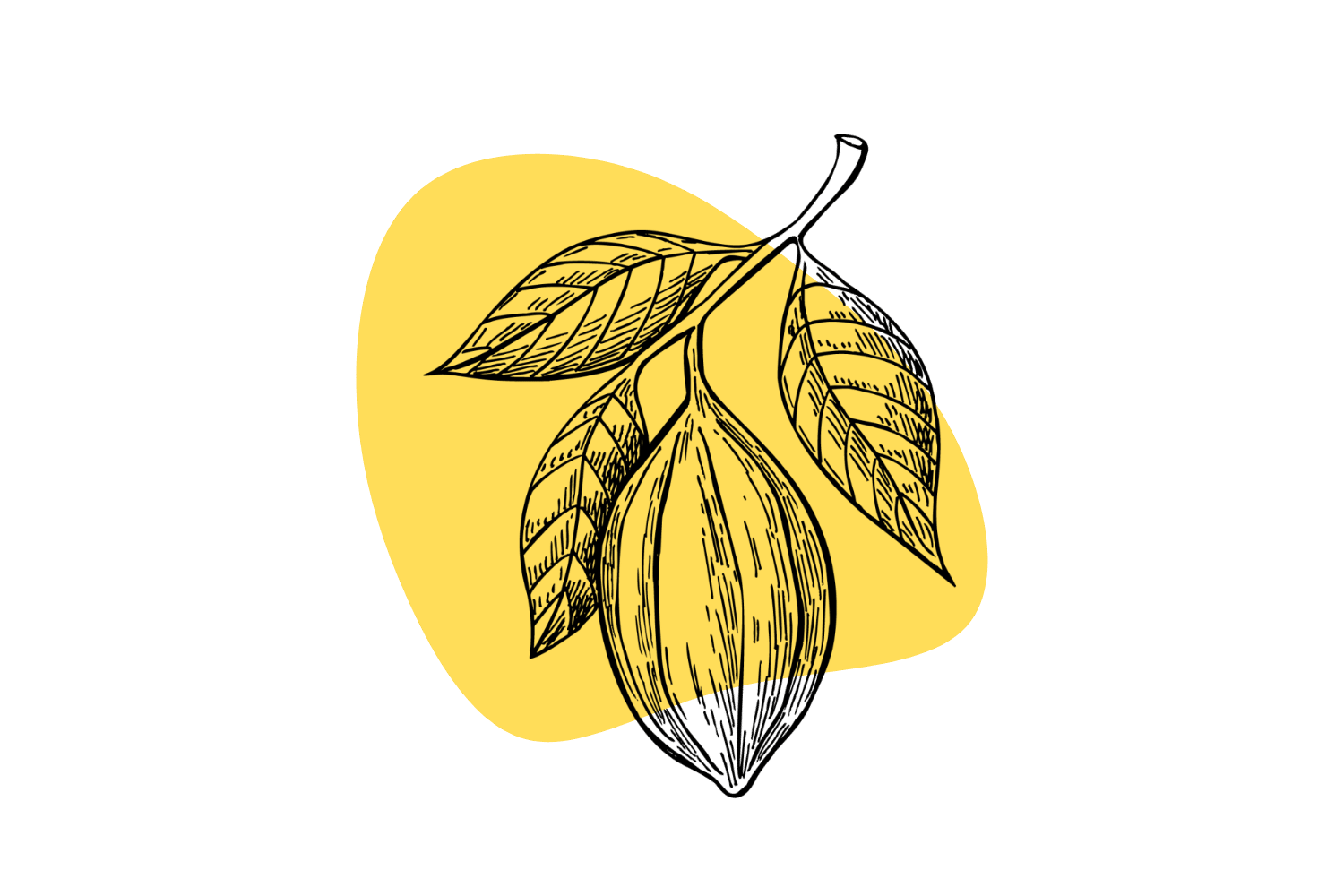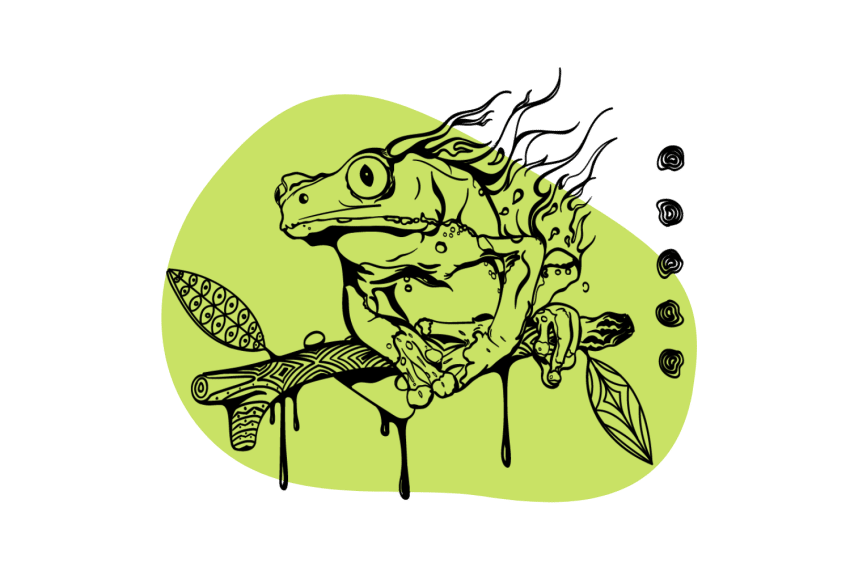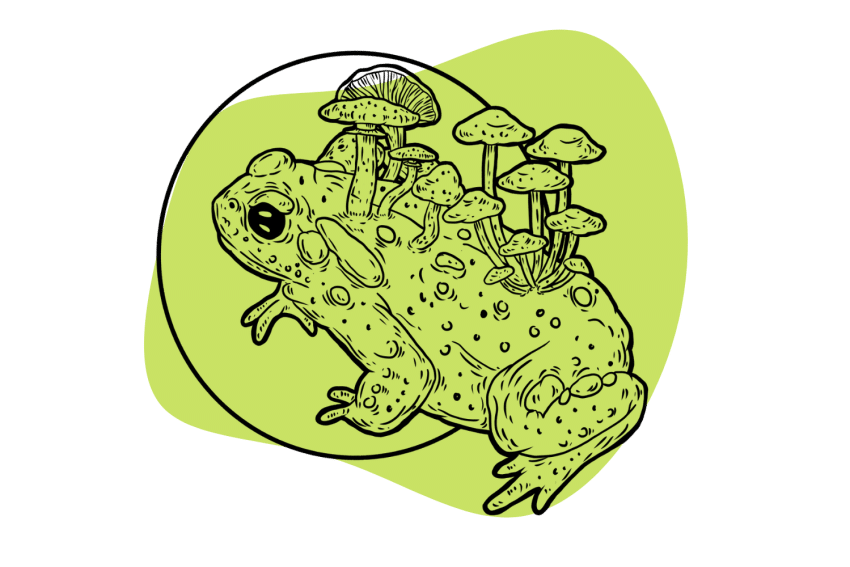Category: Natural Psychedelics
The natural world is full of psychedelic and other psychoactive substances.
In fact, most synthetic psychedelics are derived or inspired by naturally-occurring substances.
Many natural psychedelics are considered entheogens — a psychedelic used for sacrament, religion, or spiritual growth and development.
Common natural psychedelics include ayahuasca, the Colorado River toad, magic mushrooms, San Pedro or peyote (mescaline), morning glory seeds (LSA), or marijuana.
Ibogaine & its source plant, iboga, are powerful psychedelics with well-established anti-addictive effects — but it's not without its risk.
Kanna is a medicinal herb from South Africa with antidepressant qualities. It’s used alongside other psychoactive herbs to reduce some of the side effects.
Amanita mushroom, AKA the fly agaric, is both hallucinogenic and poisonous. It's used in small doses to induce vivid and intense dreams. Amanita muscaria is legal in North America.
LSA stands for lysergic acid amide — it's the active psychedelic compounds in the morning glory vine & Hawaiian baby woodrose seeds.
Cannabis sativa has a long list of health benefits.
The psychoactive form, marijuana, is a popular visionary plant species for growth & integration.
Delta 8 THC produces the same high, without the unwanted side-effects of anxiety and paranoia associated with delta 9 THC.
Learn how it works, where to buy it, and what to expect.
Cacao comes from the Theobroma cacao tree. It’s the precursor used to making chocolate.
Raw cacao ceremonies serve a similar role as psychedelic plants, but without the trip.
Frog medicine (called kambo), is a healing ritual from the Amazon involving poison from the giant Amazonian tree frog.
Venom is rubbed into small burn marks in the skin for the purpose of healing.
The venom of the Bufo alvarius toad contains one of the most psychoactive substances on Earth — 5-MeO-DMT.
Learn how toad venom works & how to use it safely.
